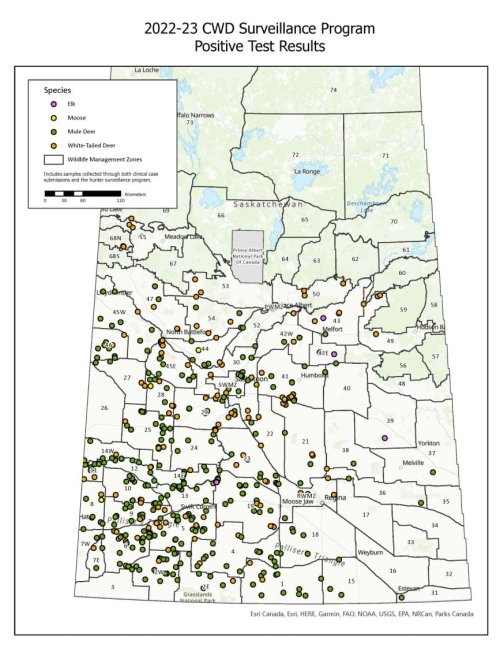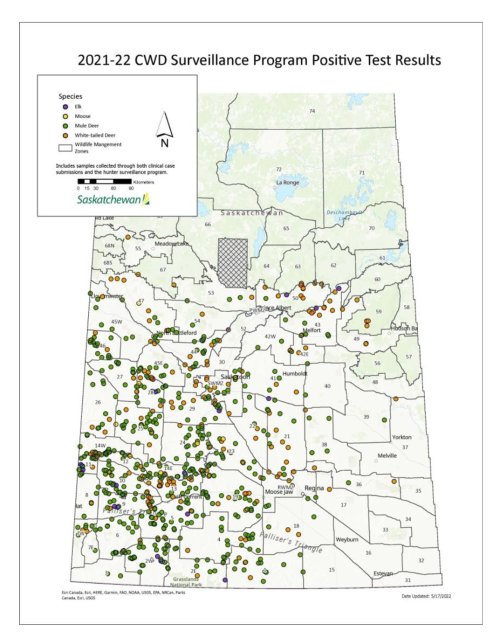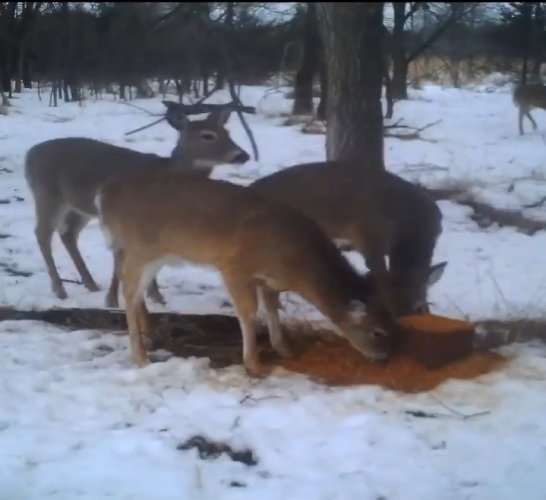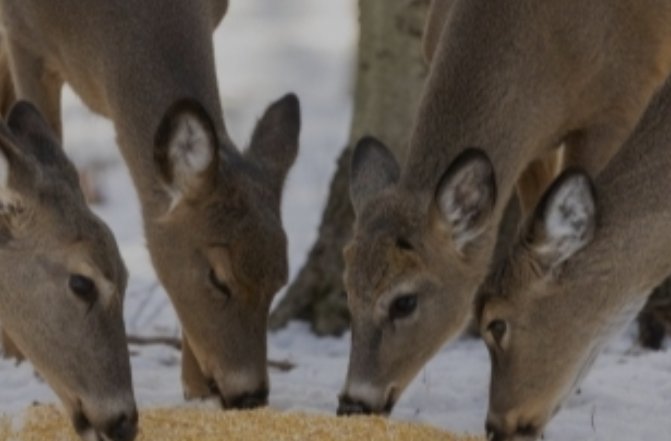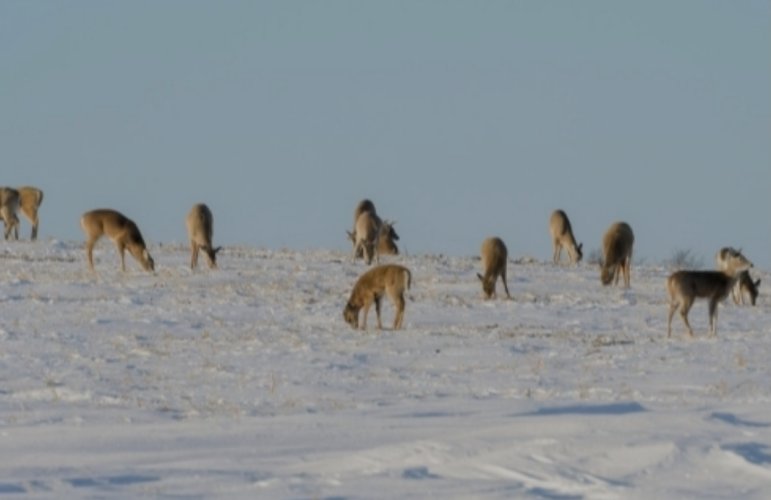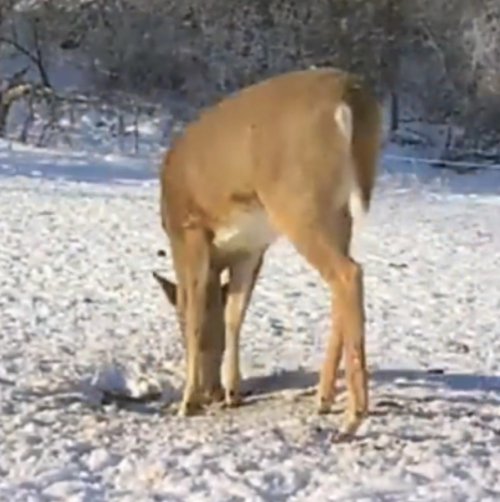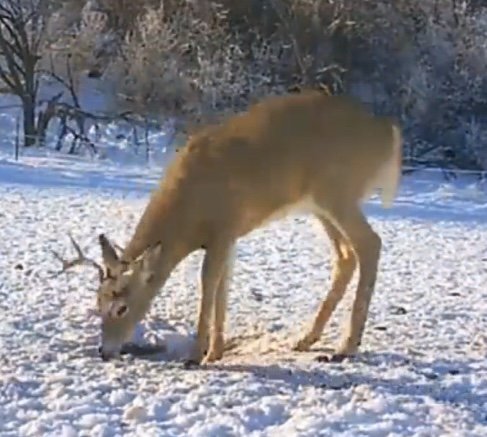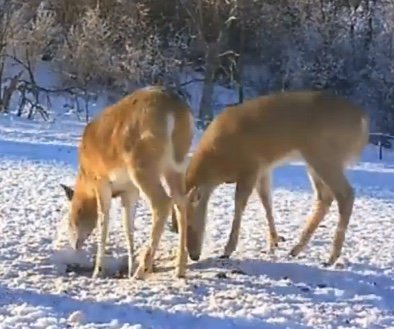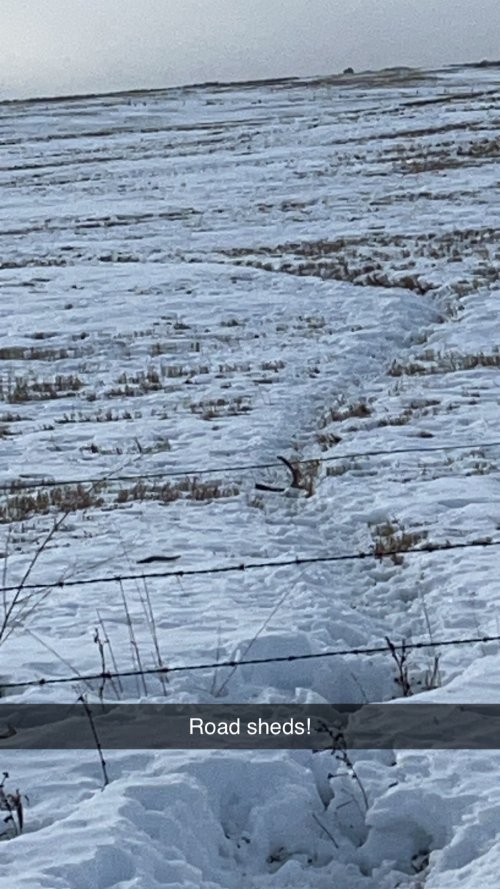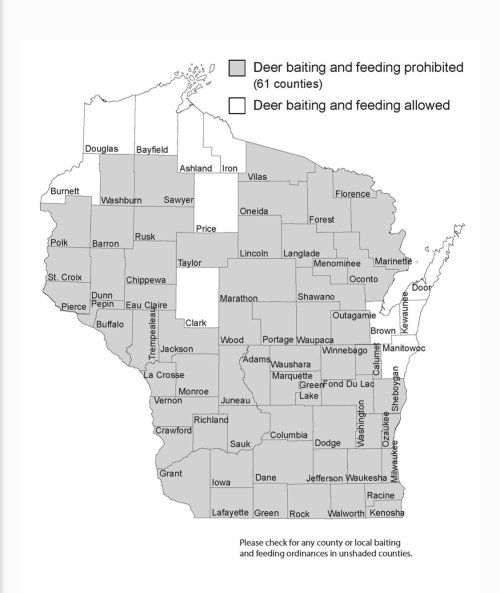brocksw
Well-known member
I don’t think there’s any question about baiting increasing exposure and transmission. But I would agree it is curious that mule deer, who generally don’t “hit bait” in the way whitetails do, can still have it worse.Yes that red area is the primary outfitting in Sask as that’s all public land. I have never heard of anyone in Sask nor myself has ever sat over bait for mule deer. On my old phone I have pictures of fields full of deer from my last time down in southern Sask pheasant hunting. Honestly 200 deer in a field
But based on my conversations there seems to be some thought that the reason for that is because of the places mule deer live.
Some work done by Dr. Judd Aiken, showed that clay soil types increase infectivity by up to 680X.
https://news.wisc.edu/soil-particles-found-to-boost-prions-capacity-to-infect/
Oral Transmissibility of Prion Disease Is Enhanced by Binding to Soil Particles - PMC
Soil may serve as an environmental reservoir for prion infectivity and contribute to the horizontal transmission of prion diseases (transmissible spongiform encephalopathies [TSEs]) of sheep, deer, and elk. TSE infectivity can persist in soil for ...
Here they were actually able to associate soil type to increased risk.
Soil clay content underlies prion infection odds - PMC
Environmental factors—especially soil properties—have been suggested as potentially important in the transmission of infectious prion diseases. Because binding to montmorillonite (an aluminosilicate clay mineral) or clay-enriched soils had been ...




